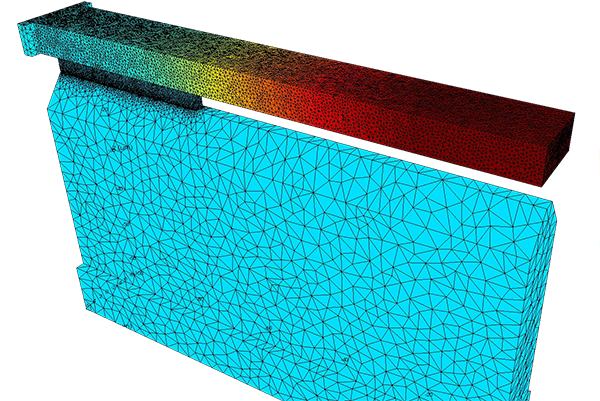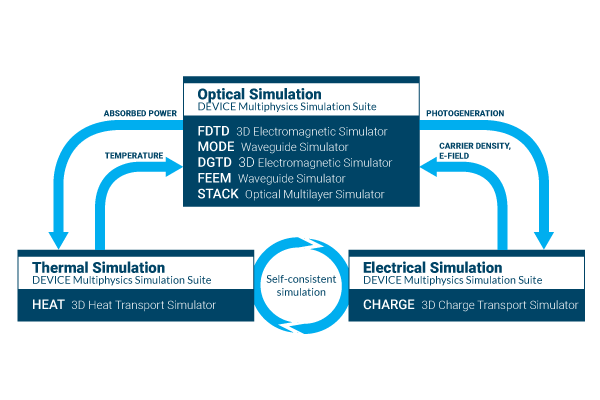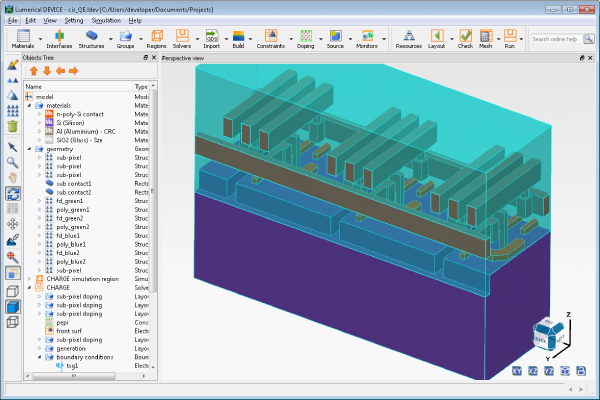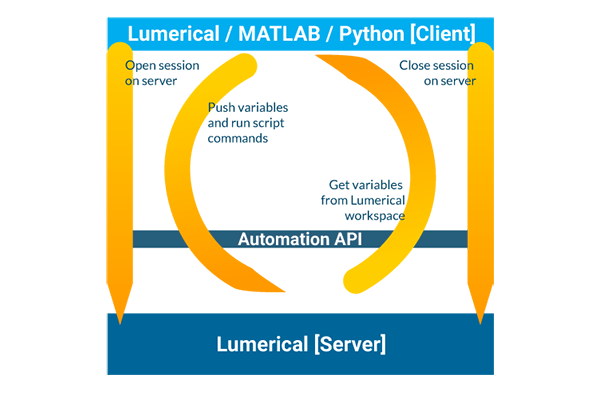- info@advinno.com
- Mon - Fri: 9.00 am - 6.00 pm
We are creative, ambitious and ready for challenges! Hire Us
We are creative, ambitious and ready for challenges! Hire Us
We have 20+ years of experience in delivering superior and innovative products
22, Sin Ming Lane, #05-75 Midview City Singapore 573969
info@advinno.com
(+65) 6777-2240 / 6570 6086
Built on the finite element method, HEAT provides designers with comprehensive thermal modeling capabilities. The finite-element heat transfer and Joule heating solver easily handles conductive, convective, and radiative effects, as well as optically and electrically generated heat, enabling engineers to have confidence in the stability and reliability of their designs.
HEAT is a solver within Lumerical’s DEVICE Multiphysics Simulation Suite, the world’s first multiphysics suite purpose-built for photonics designers. The DEVICE suite enables designers to accurately model components where the complex interaction of optical, electronic, and thermal phenomena is critical to performance. As part of Finite Element IDE, designers can quickly analyze complex active devices while benefiting from Lumerical’s industry-leading usability, performance, and accuracy.




Lumerical tools are interoperable through the Lumerical scripting language, Automation API, and Python and MATLAB APIs.
